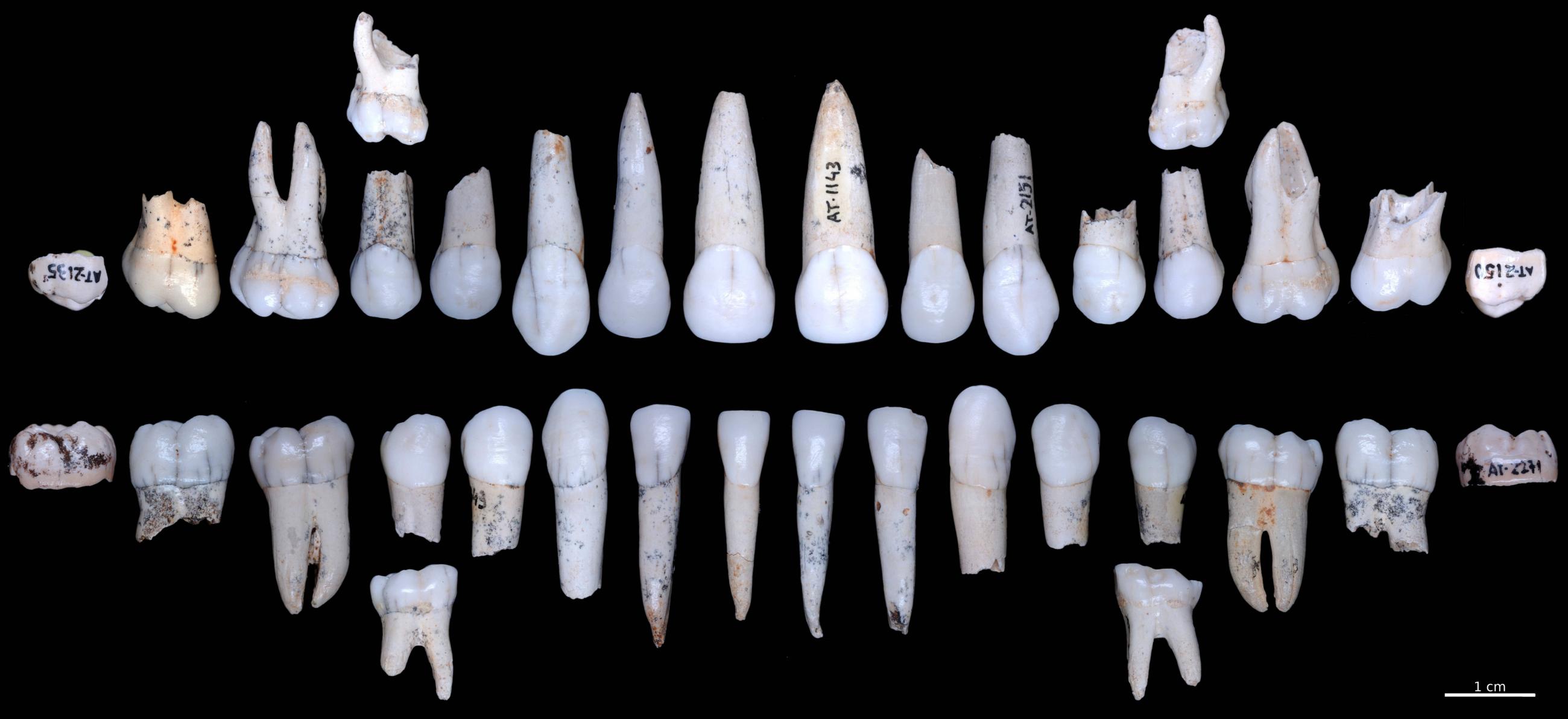The Prehistoric Archaeology Blog is concerned with news reports featuring Prehistoric period archaeology. If you wish to see news reports for general European archaeology, please go to The Archaeology of Europe Weblog.
Wednesday, March 18, 2020
The tooth enamel of the Atapuerca hominids grew faster than in modern humans
The CENIEH has conducted the first study which tackles counting the two types of enamel growth lines, in Lower Pleistocene and Middle Pleistocene populations in Europe. The data obtained in this research, together with those from other studies under way, could constitute the first solid evidence showing that the hominids from the Sierra de Atapuerca reached maturity earlier than modern humans
The Dental Anthropology Group of the Centro Nacional de Investigación sobre la Evolución Humana (CENIEH) has just published a paper in the journal Scientific Reports, led by the paleoanthropologist Mario Modesto-Mata, which counts for the first time the two types of growth lines observed in the tooth enamel of Lower and Middle Pleistocene hominids in Europe. This investigation has focused in particular on the species recognized at the sites in the Sierra de Atapuerca. The results indicate that the growth rate of the enamel in these hominids could have been up to 25% faster than in Homo sapiens.
This work, in which New York University and University College London as well as other institutions also participated, studies in minute detail the formation of enamel in the Atapuerca hominids, both at the sites of Sima del Elefante (1.2 million years), Gran Dolina-TD6 (Homo antecessor: 850,000 years) and Sima de los Huesos (430,000 years), in addition to in a fairly extensive collection of Homo sapiens teeth.
Read the rest of this article...
Subscribe to:
Post Comments (Atom)

No comments:
Post a Comment
Note: Only a member of this blog may post a comment.